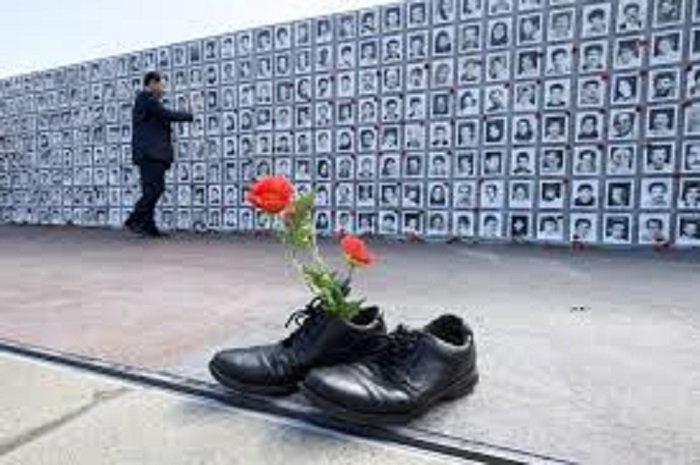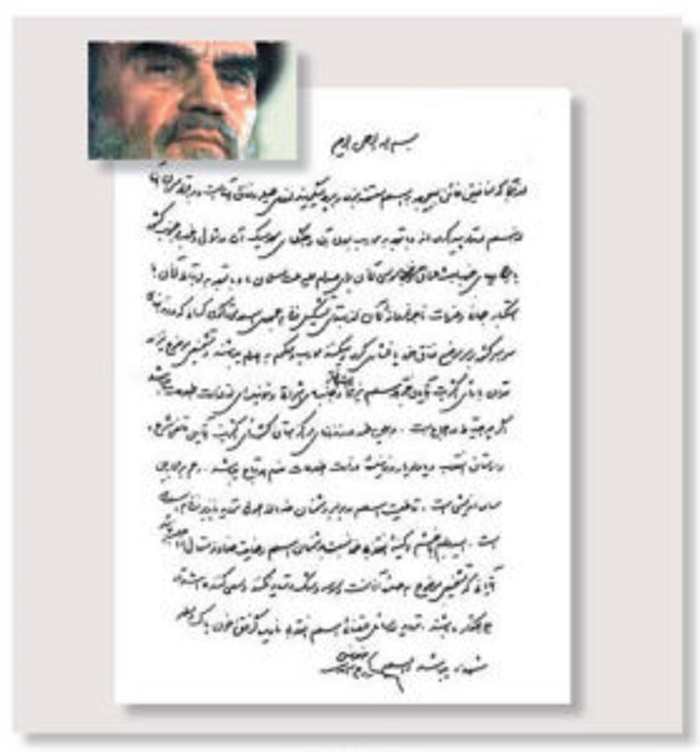
30000 political prisoners were executed in Iran in 1988 mainly MEK’s supporters
On International Day of the Victims of Enforced Disappearances on 30 August 2019, Amnesty International released a statement entitled: Iran: World turning blind eye to the crisis of mass enforced disappearance. This statement addresses the 1988 massacre of 30,000 political prisoners, mostly members, and supporters of the main Iranian opposition group, the Mujahedin-e Khalq (MEK).
Background:
In the summer of 1988, the Iranian regime summarily and extra-judicially executed tens of thousands of political prisoners across Iran. The massacre was carried out based on a fatwa by the regime’s then-Supreme Leader Ruhollah Khomeini.

In the summer of 1988, 30000 political prisoners were massacred in Iran. The massacre was carried out based on a fatwa by the regime’s then-Supreme Leader Ruhollah Khomeini
Khomeini decreed:
“Whoever at any stage continues to belong to the Monafeqin (the regime’s derogatory term to describe the PMOI/MEK) must be executed. Annihilate the enemies of Islam immediately.”
He went on to add:
“… Those who are in prisons throughout the country and remain steadfast in their support for the MEK/PMOI are waging war on God and are condemned to execution… It is naive to show mercy to those who wage war on God.”
More than 30,000 political prisoners were massacred in a matter of a few months. The vast majority of the victims were activists of the opposition PMOI/MEK.
Many members of the death committees, which ordered the mass killings in different cities, are now senior Iranian regime officials, including the Judiciary Head Ebrahim Raisi and regime Justice Minister Ali Reza Avaei.

Many members of the death committees, which ordered the mass killings in different cities, are now senior Iranian regime officials
The majority of those executed were either serving prison sentences for their political activities or had already completed their sentences but had not been released… While the Iranian regime has brazenly boasted about this massacre, it has not provided any information as to how many prisoners were killed or where the victims are buried.
In an article about the massacre, the British Daily, The Telegraph, wrote:
“CHILDREN as young as 13 were hanged from cranes, six at a time, in a barbaric two-month purge of Iran’s prisons on the direct orders of Ayatollah Khomeini, according to a new book by his former deputy.
More than 30,000 political prisoners were executed in the 1988 massacre – a far larger number than previously suspected. Secret documents smuggled out of Iran reveal that, because of the large numbers of necks to be broken, prisoners were loaded onto forklift trucks in groups of six and hanged from cranes in half-hourly intervals.”
Amnesty International’s statement reads:
“Thousands of the victims’ deaths remain unregistered and, across the country, there are thousands of missing bodies buried in unidentified mass graves. For more than 30 years, the Iranian authorities have failed to officially acknowledge the existence of these mass graves and concealed their locations causing immeasurable suffering to families who are still seeking answers about their missing loved ones.”
https://twitter.com/AmnestyIran/status/1166644085387661313
Philip Luther, the Middle East, and North Africa Research and Advocacy Director at Amnesty International added:
“The families of those secretly killed in the 1988 prison massacres are still living through a nightmare. They and many others in Iran are haunted by the thousands of missing bodies, which have cast a specter over the country’s justice system to this day,”
said Philip Luther.
“UN member states must use every opportunity, including the upcoming review of Iran’s human rights record at the UN Human Rights Council in November, to press the Iranian government to identify mass graves and reveal the fate and whereabouts of all victims of these tragic events.”
Victims are never forgotten
On the last day of a five-day international event at MEK’s headquarter, Ashraf 3, near Tirana, Albania, Mrs. Maryam Rajavi, President-elect of the National Council of Resistance of Iran (NCRI), discussed the plight of tens of thousands of victims of the mullahs’ brutality in Iran. Several prominent dignitaries, as well as current and former government officials from 47 countries, attended the conference.
Mrs. Rajavi said,
“The massacre in 1988 was the horrifying scene of such historic confrontation. But it was not the end. Despite its excruciating pain and agony, it was the beginning of a new confrontation which still continues and will ultimately write the fate of the Iranian nation with the word, freedom.
From this vantage point, one can see that the 1988 massacre is tied to Iran’s freedom and future. It is entwined with the stoned rights of human beings in Iran, with the resistance for freedom and equality, with the betrayal of foreign proponents of appeasement, with the disgraceful cowardice of those who surrendered to the regime, and of course, it is tied to the regime’s overthrow.”https://twitter.com/Maryam_Rajavi/status/1164088532572549121
Staff writer
